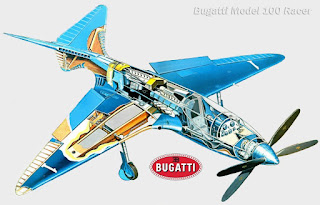History Of Alfa Romeo- Lets RACE!- http://www.autosmithcar.com/
In August 1915, the company came under the direction of Neapolitan entrepreneur Nicola Romeo, who converted the factory to produce military hardware for the Italian and Allied war efforts. Munitions, aircraft engines and other components, compressors, and generators based on the company's existing car engines were produced in a vastly enlarged factory during the war. After the war, Romeo invested his war profits in acquiring locomotive and railway carriage plants in Saronno (Costruzioni Meccaniche di Saronno), Rome (Officine Meccaniche di Roma), and Naples (Officine Ferroviarie Meridionali), which were added to his A.L.F.A. ownership.
Car production had not been considered at first, but resumed in 1919 since parts for the completion of 105 cars had remained at the A.L.F.A. factory since 1915.[6] In 1920, the name of the company was changed to Alfa Romeo with the Torpedo 20-30 HP the first car to be so badged.[9] Their first success came in 1920 when Giuseppe Campari won at Mugello and continued with second place in the Targa Florio driven by Enzo Ferrari. Giuseppe Merosi continued as head designer, and the company continued to produce solid road cars as well as successful race cars (including the 40-60 HP and the RL Targa Florio).
In 1923 Vittorio Jano was lured from Fiat, partly thanks to the persuasion of a young Alfa racing driver named Enzo Ferrari, to replace Merosi as chief designer at Alfa Romeo. The first Alfa Romeo under Jano was the P2 Grand Prix car, which won Alfa Romeo the inaugural world championship for Grand Prix cars in 1925. For road cars Jano developed a series of small-to-medium-displacement 4-, 6-, and 8-cylinder inline engines based on the P2 unit that established the architecture of the company's engines, with light alloy construction, hemispherical combustion chambers, centrally located plugs, two rows of overhead valves per cylinder bank and dual overhead cams. Jano's designs proved both reliable and powerful.
Enzo Ferrari proved a better team manager than driver, and when the factory team was privatised, it became Scuderia Ferrari. When Ferrari left Alfa Romeo, he went on to build his own cars. Tazio Nuvolari often drove for Alfa, winning many races before the Second World War.




Comments
Post a Comment